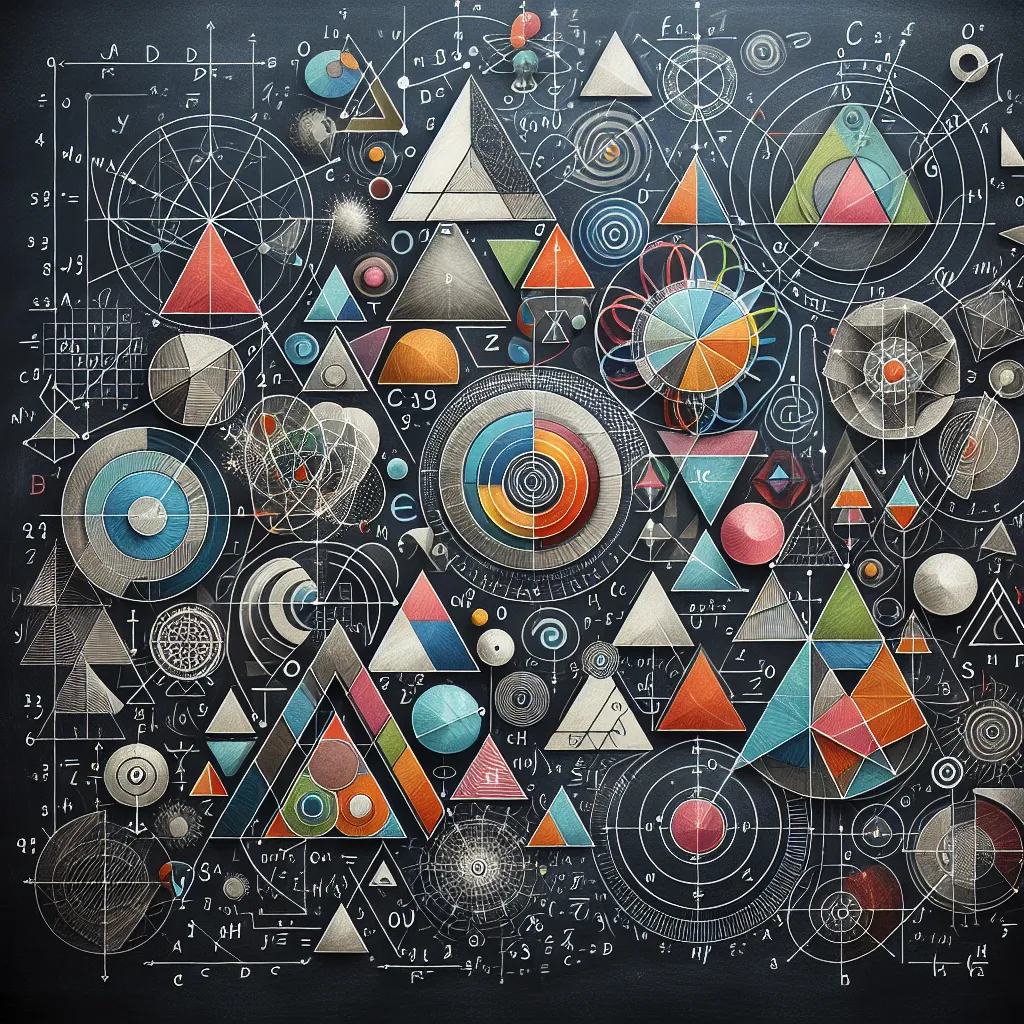Ask AI on The Internet
Geometry is a branch of mathematics that deals with the properties and relationships of points, lines, surfaces, solids, and higher-dimensional analogs. It is concerned with the study of shapes, sizes, relative positions, and the properties of space. Geometry has been a crucial part of mathematics for thousands of years, tracing back to ancient civilizations like the Egyptians and Greeks. Key concepts in geometry include: 1. **Points**: Basic units in geometry with no size, length, width, or depth. They simply represent a location. 2. **Lines**: Straight one-dimensional figures that extend infinitely in both directions and have no thickness. 3. **Angles**: Formed by two rays (parts of a line) that share a common endpoint called the vertex. 4. **Shapes**: Two-dimensional figures such as triangles, rectangles, squares, circles, and polygons. 5. **Solids**: Three-dimensional figures such as cubes, spheres, pyramids, and cylinders. 6. **Planes**: Flat, two-dimensional surfaces that extend infinitely in all directions. 7. **Congruence and Similarity**: Concepts that deal with the equality of shapes in terms of size and relative proportions. 8. **Transformations**: Operations that alter the position, size, and orientation of shapes, such as translations (sliding), rotations (turning), reflections (flipping), and scaling (resizing). Geometry is foundational for many other fields, including physics, engineering, architecture, computer graphics, and various branches of mathematics itself. It enables the understanding of spatial relationships and properties that are essential for solving practical problems in science and everyday life.
Think your answer is better than the AI's? Post it below.
Other Most Relevant Posts:
Question Tags
If you want your question answered by an AI, click here.







Post your own comment: